Elevate Your Sarong Photography on the Beach
Sarongs are more than just versatile beachwear—they are dynamic, colorful, and captivating props that can transform your beach photography sessions. Whether you’re working with a professional model or shooting for personal projects, understanding the best poses for sarong photography is essential to capturing the elegance and movement that sarongs bring to life.
This guide explores inspiration, tips, and detailed pose explanations for creating mesmerizing sarong beach shots. From mastering natural poses to creating movement-focused compositions, this blog offers everything you need to elevate your sarong photography skills.
1. The Allure of Sarong Photography on the Beach
1.1 Why Sarongs Are Ideal for Beach Photography
- Lightweight and Flowing: Sarongs’ natural movement pairs perfectly with ocean breezes.
- Bright and Vibrant: Sarongs often feature bold patterns that stand out against sandy beaches and blue skies.
- Cultural and Stylish: Sarongs add depth and meaning to photos, reflecting diverse cultural roots.
1.2 How Beaches Enhance Sarong Photography
Beaches provide the ideal backdrop for sarong photography, offering:
- Natural lighting for vibrant colors.
- Open spaces for creative poses and wide-angle shots.
- Textures like sand and water that complement flowing fabrics.
2. Essential Gear for Sarong Beach Photography
2.1 Cameras and Lenses
- DSLR or Mirrorless Cameras: Capture high-quality details of the fabric’s texture and movement.
- Prime Lenses: Perfect for sharp portraits that emphasize the sarong.
- Telephoto Lenses: Ideal for creating depth and isolating the subject.
2.2 Accessories for Beach Shoots
- Reflectors: Direct sunlight to highlight fabric details.
- Tripods: Stabilize shots, especially during golden hour.
- Filters:
- Polarizing filters reduce glare from water.
- Neutral density filters help control exposure under harsh sunlight.
2.3 Sarong-Specific Props
- Wide-brimmed hats or woven baskets for a tropical aesthetic.
- Beach umbrellas to add layers and framing.
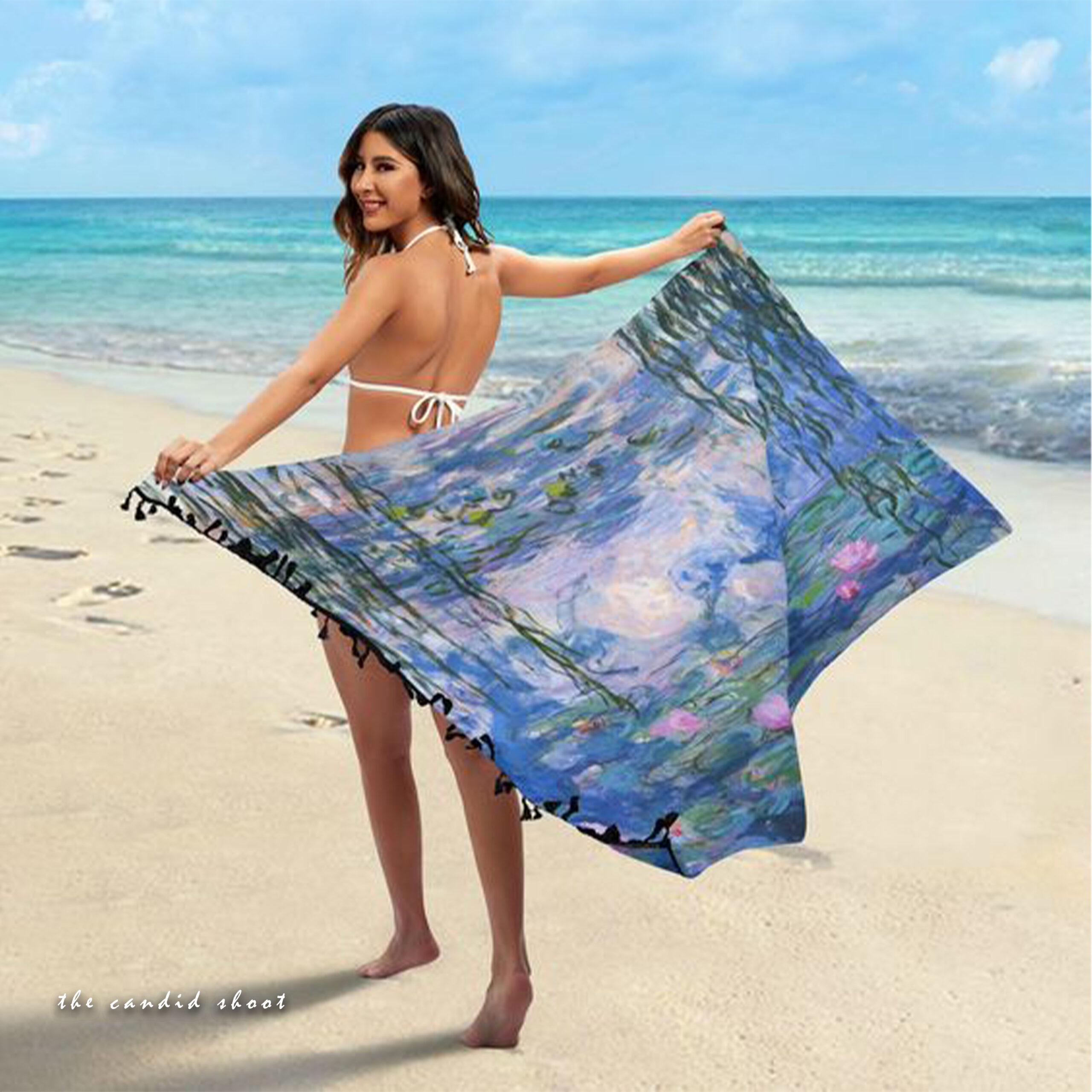
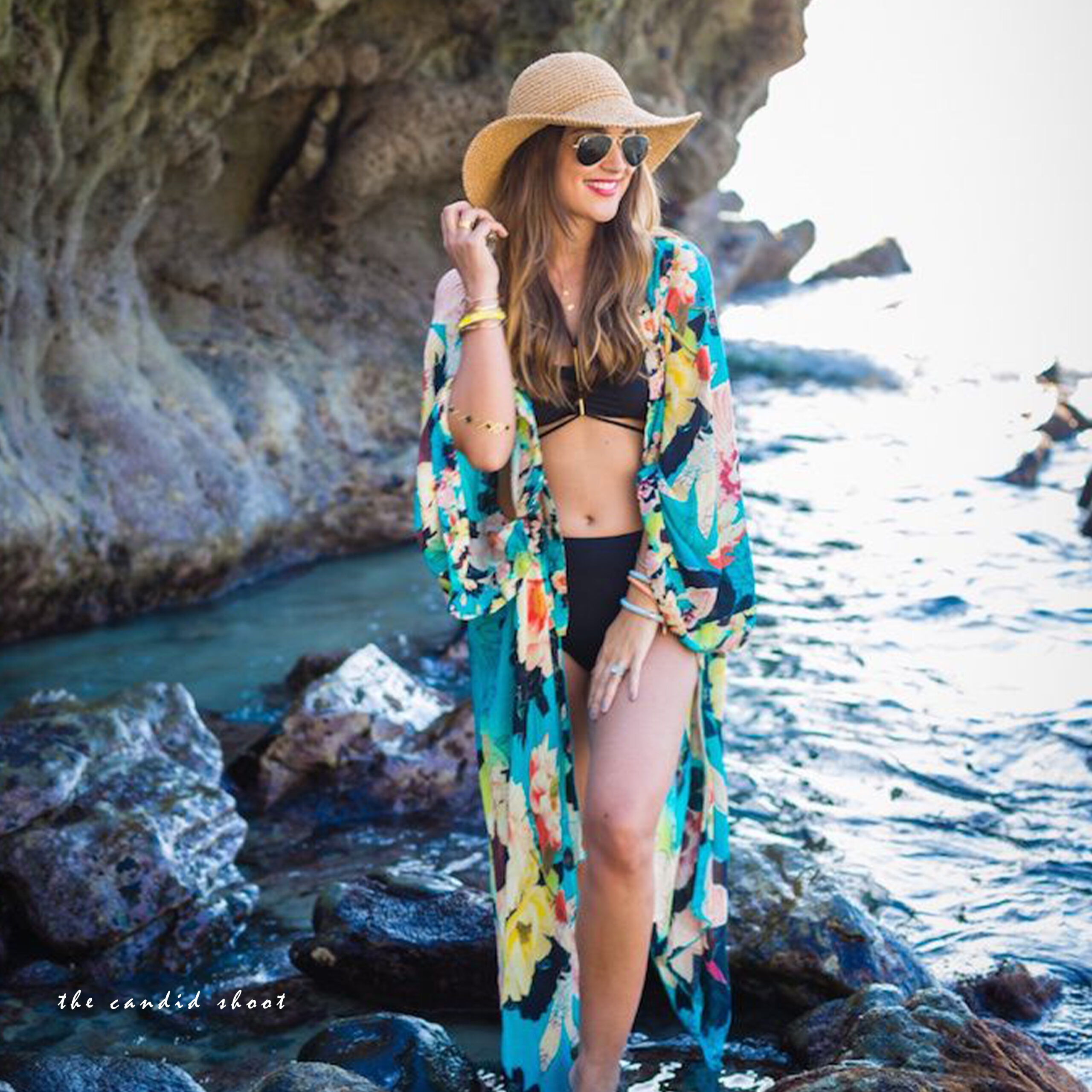



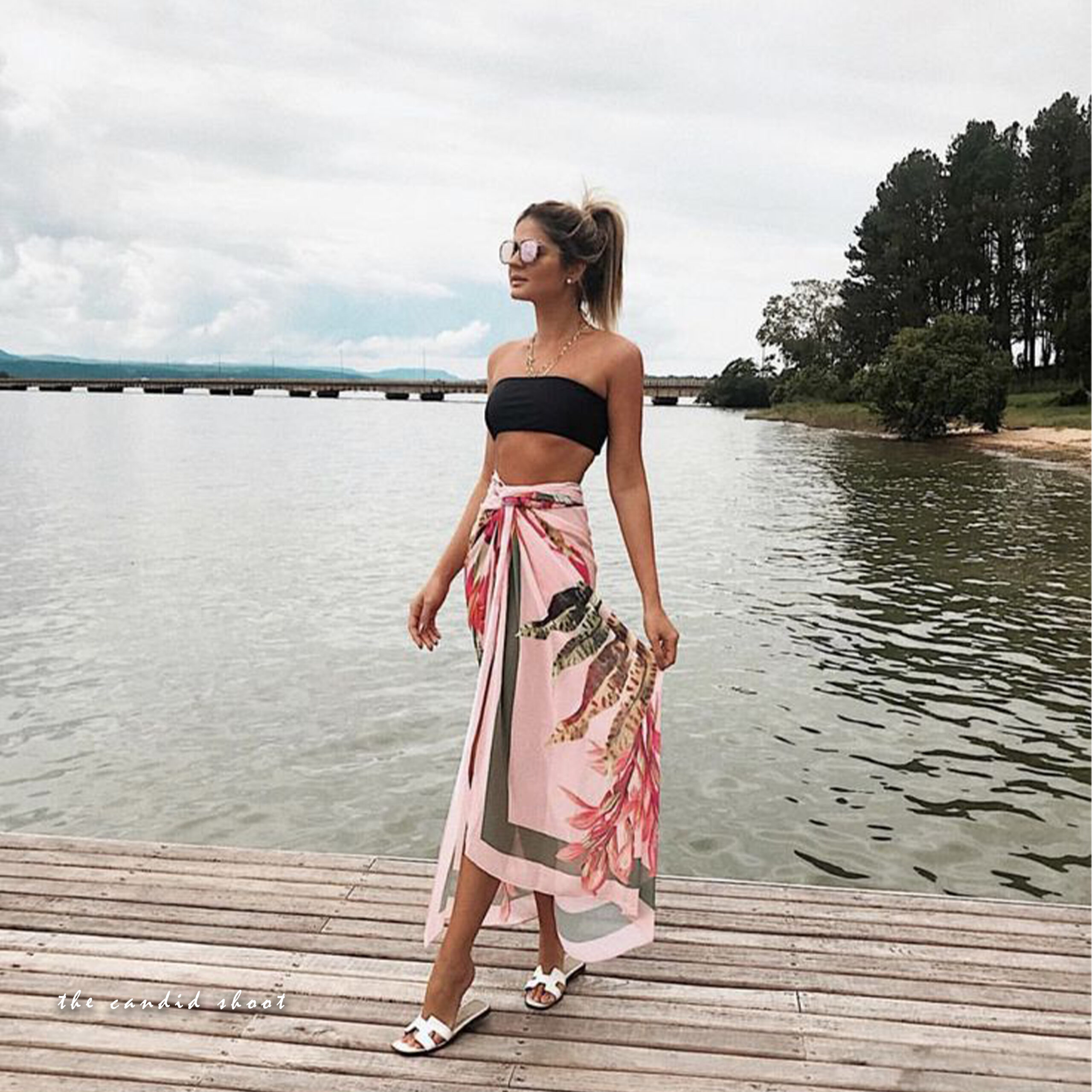
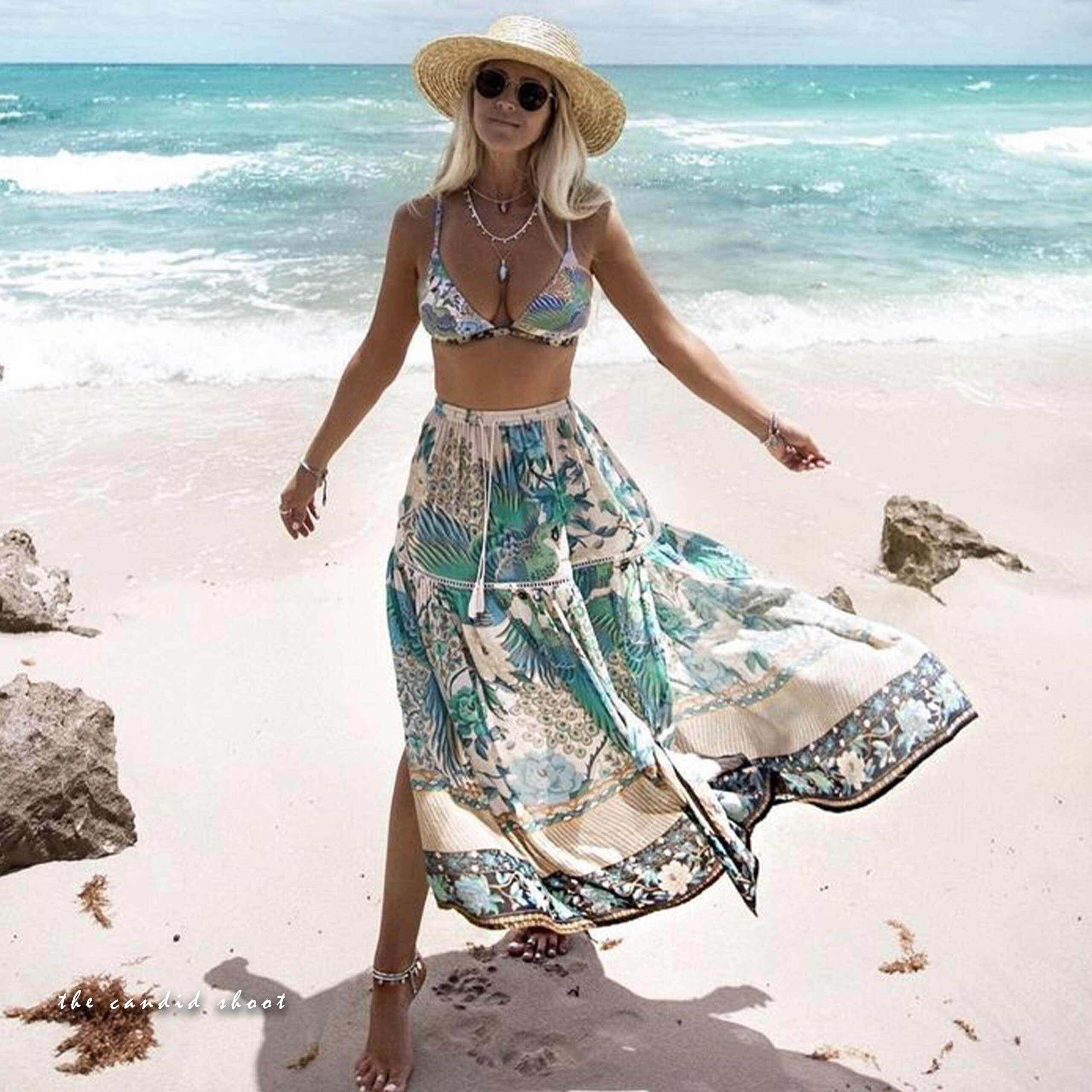
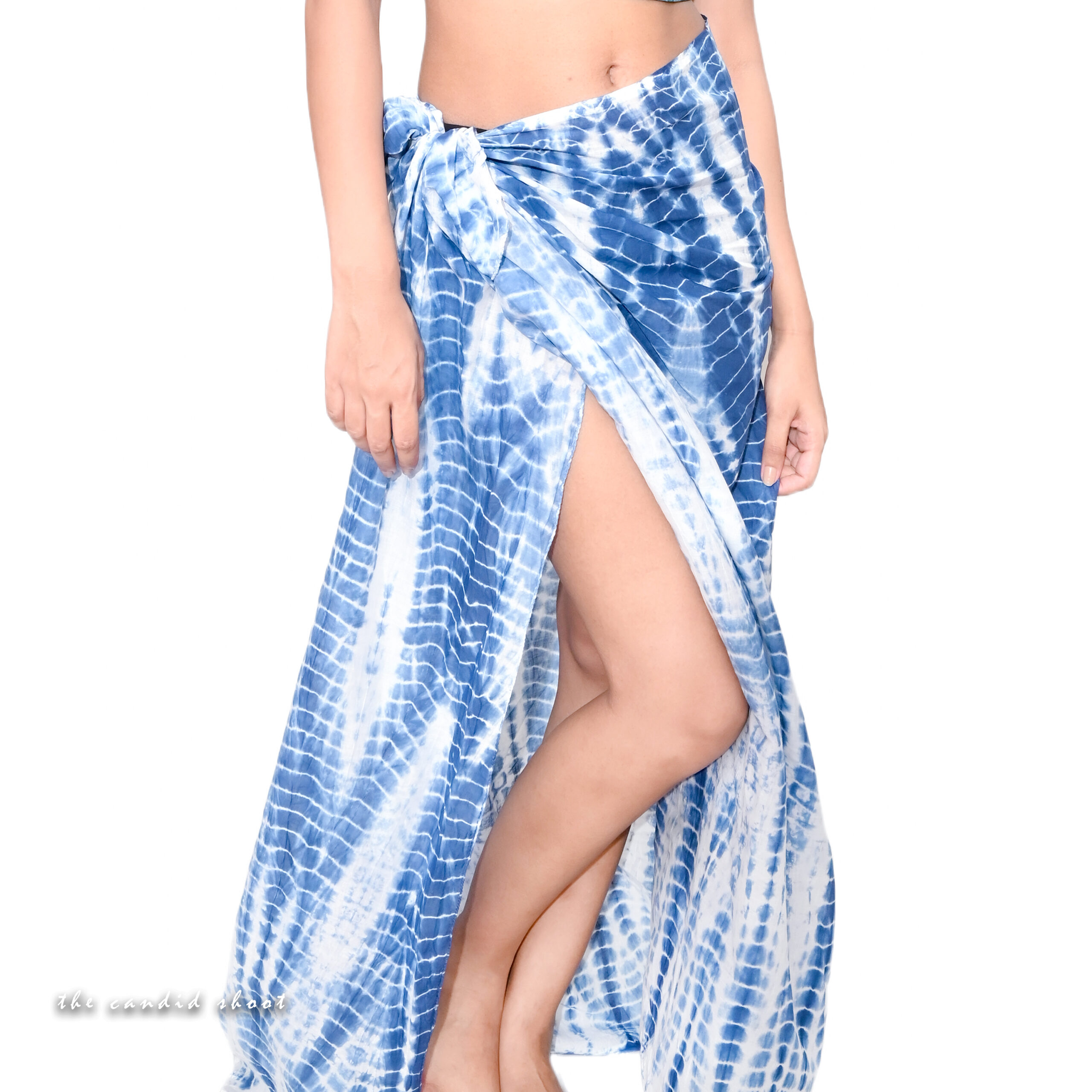
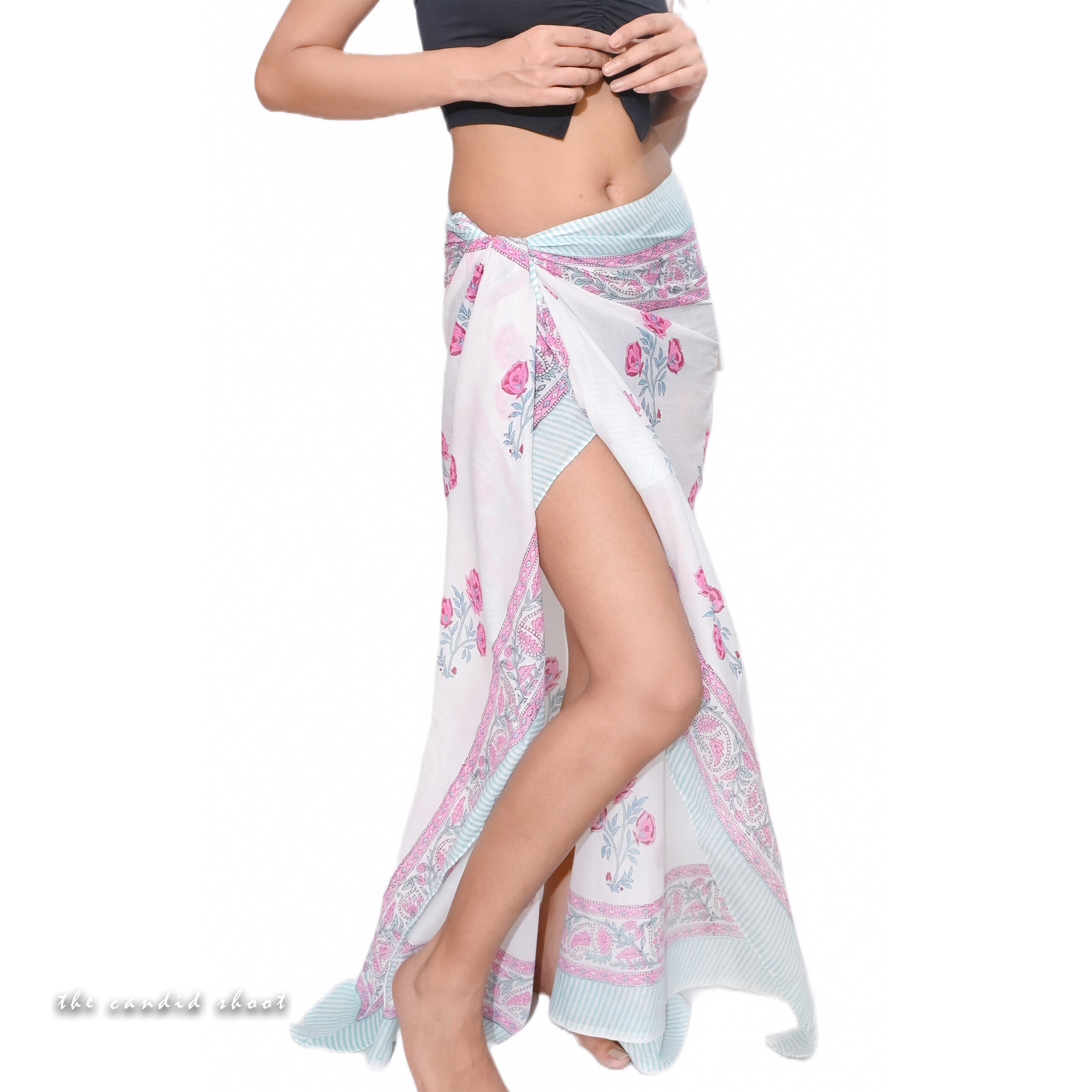


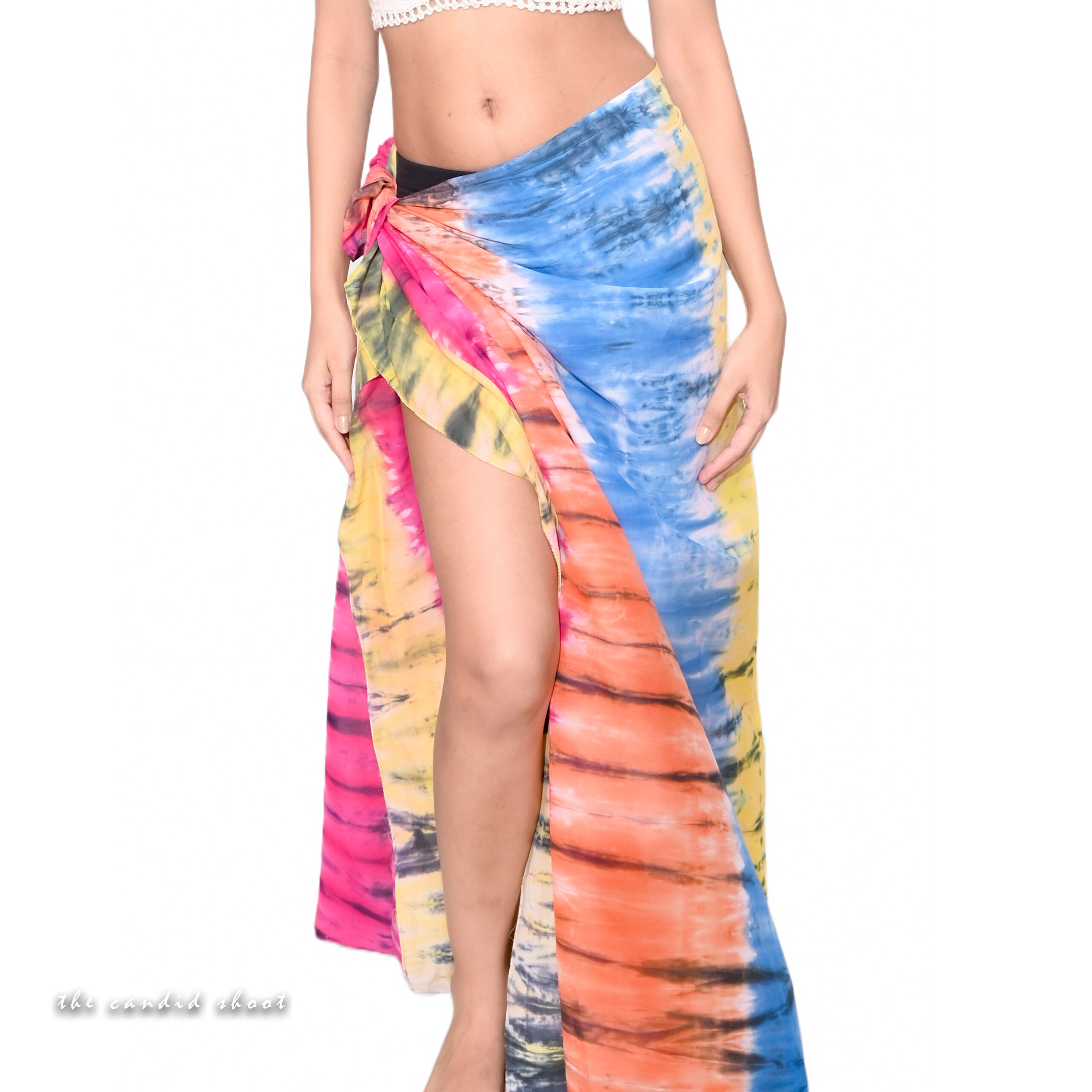
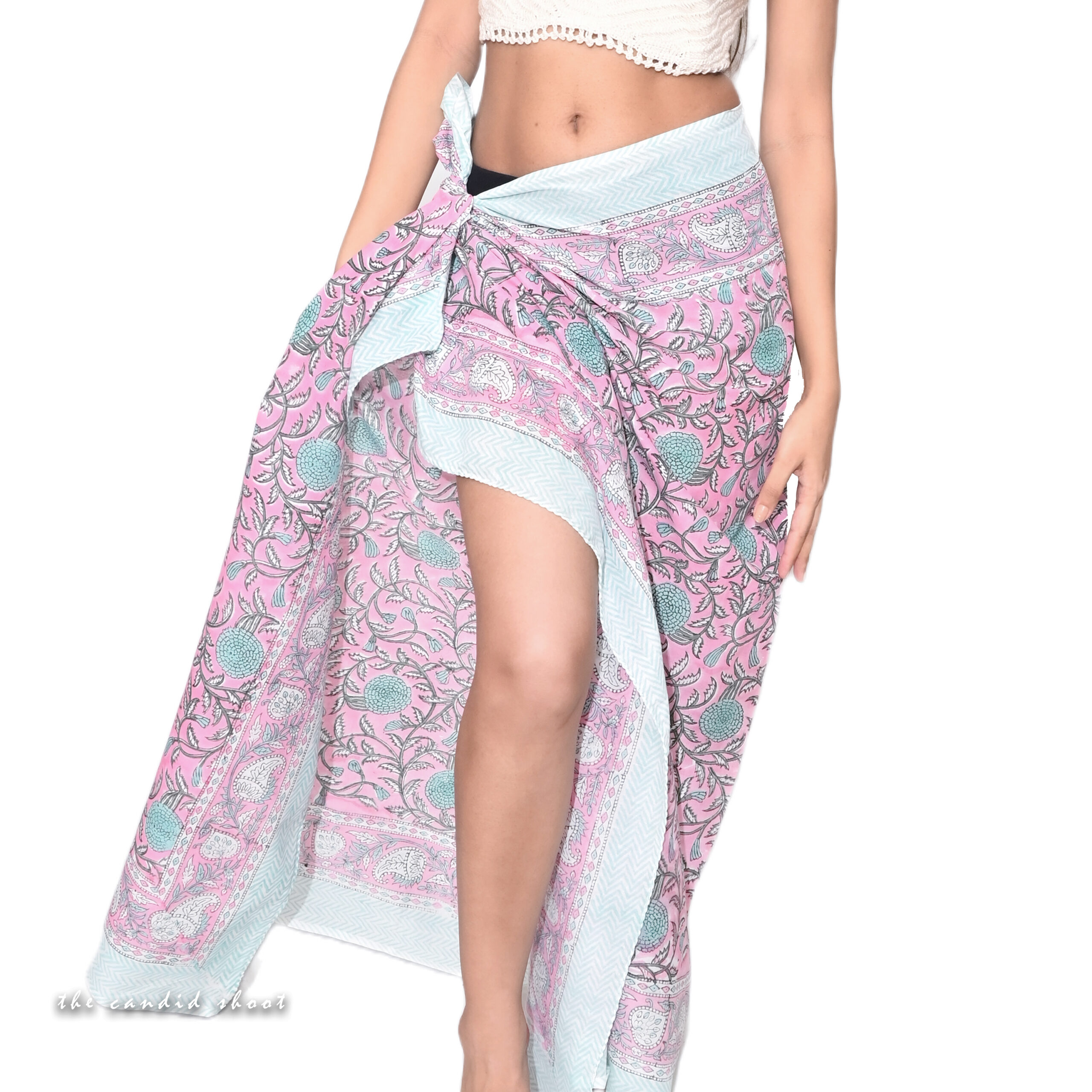
3. Preparing for a Sarong Beach Photoshoot
3.1 Choosing the Right Sarongs
- Light Materials: Chiffon, silk, and cotton create natural movement.
- Bold Patterns: Tropical prints, stripes, and tie-dye designs are perfect for beach settings.
- Versatility: Opt for sarongs that can be styled in multiple ways.
3.2 Styling the Model
- Keep the look natural and beach-ready with minimal makeup.
- Use accessories that enhance the sarong’s aesthetic without overwhelming the frame.
3.3 Picking the Perfect Beach Location
- Look for clean, uncrowded beaches with dynamic elements like rock formations or tidal pools.
- Scout the beach during different times of day to assess lighting and tide levels.
4. Posing Techniques for Sarong Photography
4.1 Poses That Highlight Movement
- The Breeze Catcher: Position the model where the wind naturally flows, allowing the sarong to billow.
- The Twirl: Ask the model to spin slowly, letting the sarong create circular motion.
- Running Along the Shoreline: Capture candid moments of movement and fabric flow.
4.2 Classic Beach Poses
- The Sand Sit: Have the model sit cross-legged or reclining on the sand, draping the sarong naturally.
- Over-the-Shoulder Look: The model wraps the sarong around their shoulders, gazing back at the camera.
- Beach Walkaway: Capture the model walking away from the camera, sarong flowing in the wind.
4.3 Advanced Artistic Poses
- The Sarong Toss: The model tosses the sarong in the air while standing still, creating dramatic fabric arcs.
- Underwater Elegance: Use waterproof gear to capture the sarong’s movement below the surface.
- Silhouette Shot: Shoot during sunset, using the sarong to create dynamic shadows and shapes.
5. Lighting and Composition for Beach Sarong Shots
5.1 Natural Lighting Tips
- Shoot during golden hour for soft, warm tones.
- Use backlighting to emphasize the sarong’s transparency and texture.
- Avoid harsh midday sun; use shade for softer lighting if necessary.
5.2 Composition Tricks
- Rule of Thirds: Position the model and sarong off-center for a balanced frame.
- Leading Lines: Use shoreline curves or wave patterns to draw attention to the model.
- Foreground Elements: Include plants, rocks, or driftwood for added depth.
5.3 Playing with Colors
- Enhance sarong vibrancy by pairing it with complementary beach tones, like turquoise water and golden sand.
6. Styling Sarongs for Dynamic Poses
6.1 Creative Tying Techniques
- Wrap Dress: Use the sarong as a full-body wrap for elegant poses.
- Headscarf Style: Tie the sarong as a head wrap for unique framing.
- Layered Drapes: Combine two sarongs for dramatic, overlapping movement.
6.2 Incorporating Accessories
- Add anklets, bangles, or beach bags to enhance the sarong’s beach vibe.
- Use large hats or oversized sunglasses for a retro aesthetic.
7. Capturing Candid Moments
7.1 Encouraging Natural Movement
- Ask the model to interact with the environment, like dipping their toes in the water or picking up seashells.
- Use prompts instead of rigid directions to elicit genuine expressions.
7.2 Focusing on Emotion
- Look for laughter, joy, or introspection as the model interacts with the sarong.
- Capture close-up shots of hands gripping the fabric or toes in the sand for storytelling details.
8. Post-Processing Tips for Sarong Photography
8.1 Editing for Vibrancy
- Boost saturation to make sarong patterns pop.
- Use contrast adjustments to highlight fabric folds and textures.
8.2 Removing Distractions
- Edit out unwanted background elements like people or debris.
- Smooth out any wrinkles in the sarong using retouching tools.
8.3 Creating Consistent Themes
- Apply similar filters or presets to maintain a cohesive look throughout the shoot.
- Experiment with monochrome for artistic, minimalist beach shots.
9. Common Mistakes in Sarong Photography
9.1 Ignoring the Wind
- Always position the model to make the most of natural breezes.
9.2 Overcomplicating the Frame
- Keep the focus on the sarong by avoiding busy backgrounds.
9.3 Neglecting the Environment
- Use the beach’s natural elements to complement the sarong, not compete with it.
10. Inspiring Examples of Sarong Beach Poses
10.1 The Windswept Look
A model standing on a rock with the sarong dramatically flowing behind them.
10.2 The Sunset Silhouette
A model holding the sarong above their head, creating a striking silhouette against the orange sky.
10.3 Water Play
The model wading into the ocean, with the sarong trailing behind in the water.
Conclusion: Transform Your Sarong Photography on the Beach
Sarong photography is an art that combines elegance, culture, and creativity. By mastering the tips and poses shared in this guide, you can capture stunning beach shots that showcase the unique beauty of sarongs. From choosing the right lighting to directing dynamic poses, every detail contributes to the final masterpiece.
Embrace the natural beauty of the beach and the flowing charm of sarongs to create unforgettable images.

Mobile Photography Hacks: Candid Moments with Your Phone

Professional Model & Portfolio Photoshoots: Show Your Best Work
-

Street Photography Tips, Effects & Poses – Complete Guide
-

Leica Q2 for Photography: Why It’s Loved by Photographers
Mobile Photography Hacks: Candid Moments with Your Phone
Discover high-impact mobile photography hacks to capture genuine, gorgeous candid moments with your phone. Learn practical tips, composition secrets, and pro techniques to turn everyday scenes into stunning visual stories. Introduction: The New Age of Mobile Photography Photography has evolved beyond heavy cameras, technical jargon, and expensive equipment. Today, the power to capture extraordinary moments
Professional Model & Portfolio Photoshoots: Show Your Best Work
” Discover how to plan, style, and execute stunning portfolio photoshoots that showcase your skills, personality, and versatility. This comprehensive guide covers professional tips, posing ideas, gear suggestions, and industry insights for models and photographers.” Introduction – Why Portfolio Photoshoots Are the Cornerstone of a Photographer’s Career A well-crafted portfolio photoshoot is more than a
Street Photography Tips, Effects & Poses – Complete Guide
Discover the ultimate guide to Street Photography with expert tips, creative effects, and dynamic poses. Learn how to capture authentic urban moments, master composition, and tell powerful visual stories through your lens. Article Outline 1. Introduction to Street Photography Street Photography is more than just taking pictures of people in public spaces — it’s about
Leica Q2 for Photography: Why It’s Loved by Photographers
Introduction: The Cult Status of the Leica Q2 The Leica Q2 is not just a camera—it’s a statement. Combining the heritage of German precision engineering with modern digital excellence, it holds a special place in the hearts of professional and passionate photographers alike. With its full-frame sensor, prime Summilux lens, and minimalist design, the Q2
Top Cameras Under ₹1 Lakh for Freelance Photography
Freelance photography is no longer a niche—it’s a booming creative profession that demands not only vision and hustle but also the right gear. Your camera isn’t just a tool; it’s your storytelling partner. If you’re a freelance photographer aiming to balance performance, versatility, and budget, investing in a cameras under ₹1 lakh can offer the
Top Features of Nikon D850 That Make It Ideal for Photoshoots
Explore the top features of the Nikon D850 that make it a powerhouse for photoshoots. From exceptional resolution to dynamic range, this detailed Nikon D850 guide is built for professional and aspiring photographers. 1. Introduction When Nikon launched the D850, it quickly earned a reputation as a flagship DSLR that redefined what photographers could expect
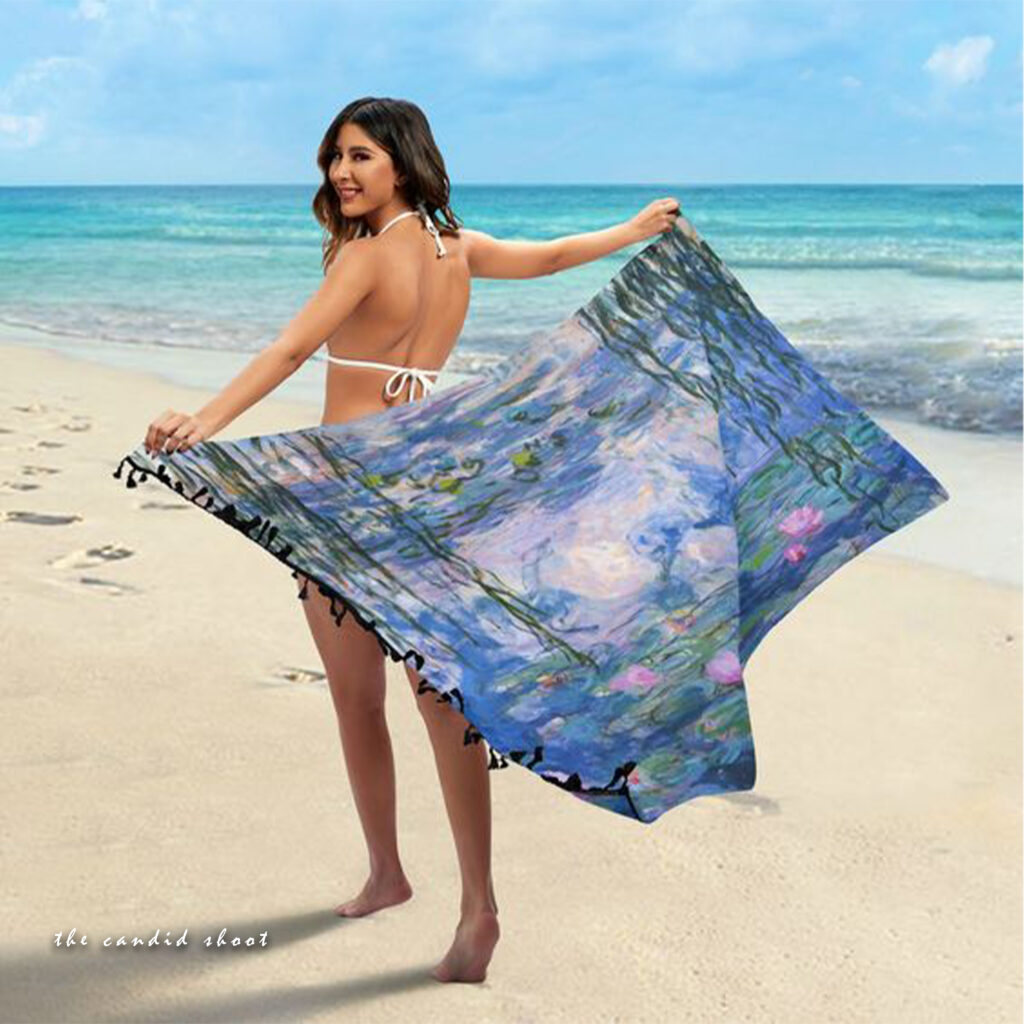






I am really impressed along with your writing talents and also with the layout to your blog.
Is that this a paid theme or did you customize
it yourself? Either way keep up the excellent quality writing, it’s rare to look
a nice blog like this one today. Stan Store alternatives!